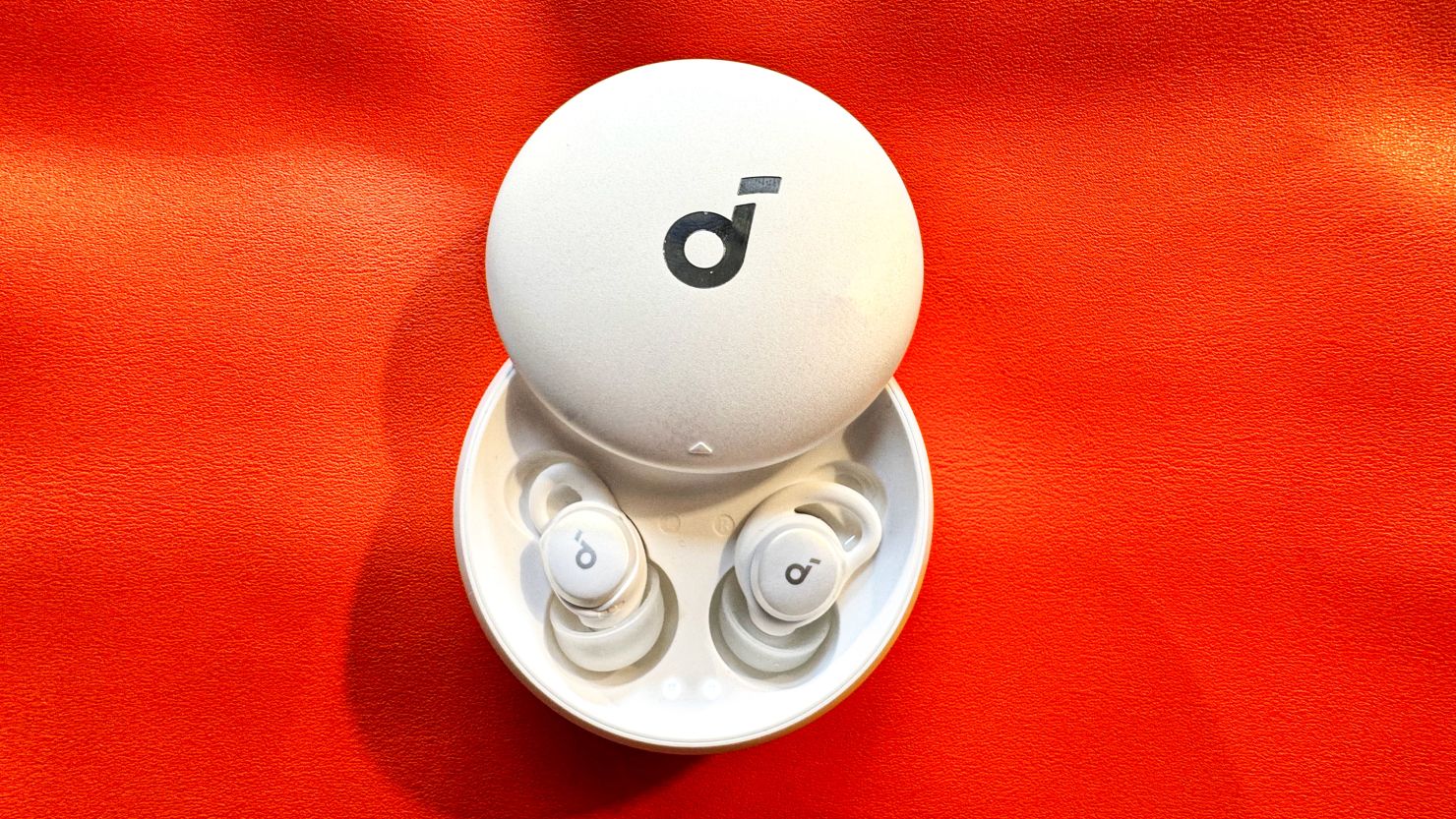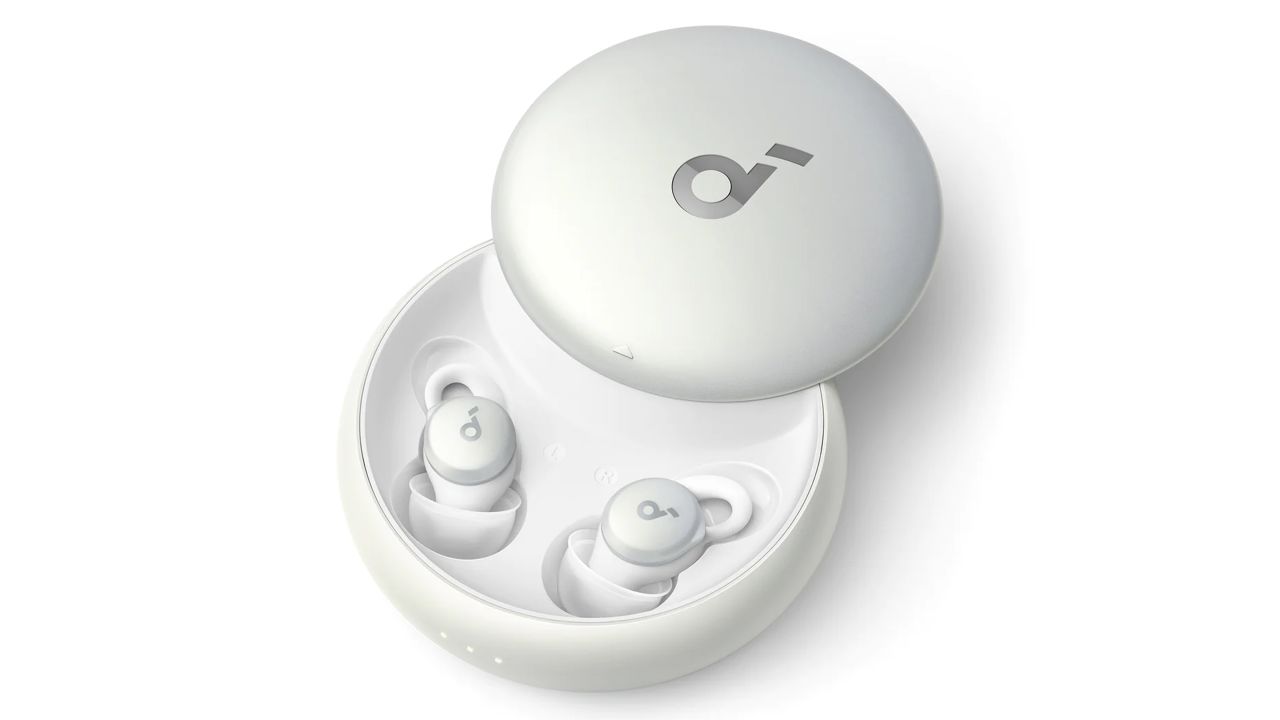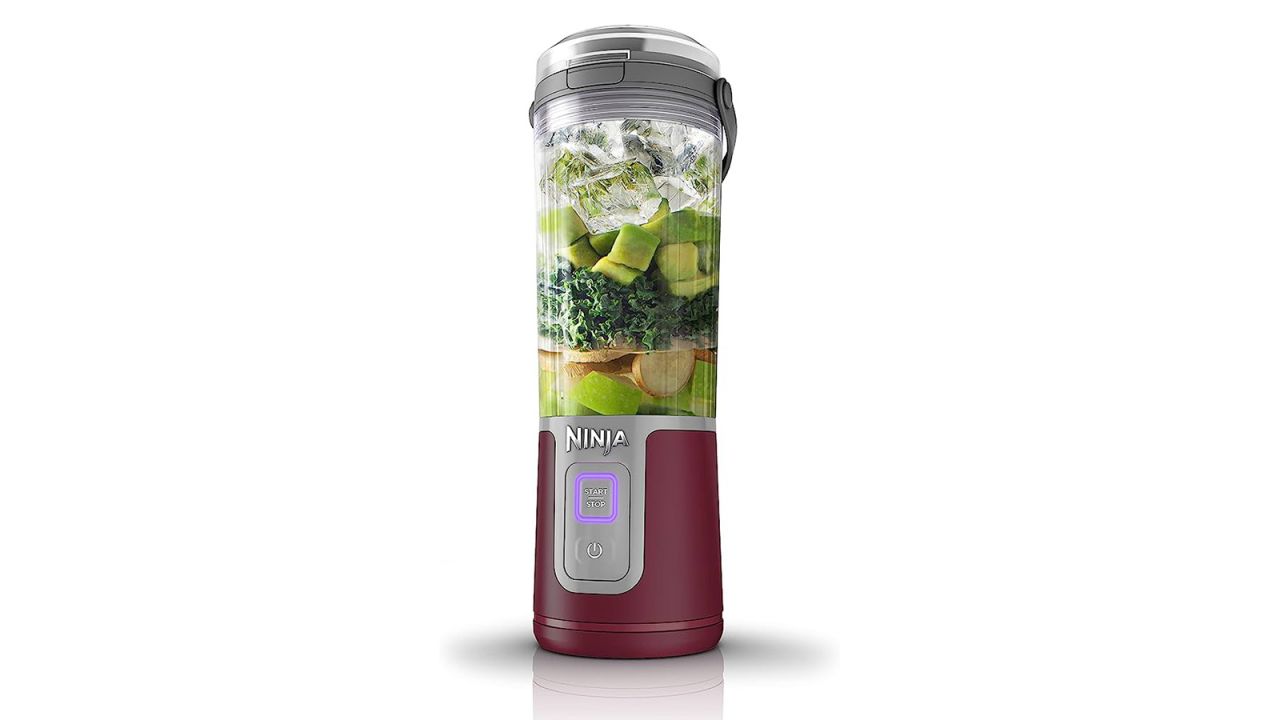Getting a good night’s sleep is central to your physical and mental health. And, unfortunately, most of us have at least some trouble getting to or staying asleep regularly. Enter sleep headphones, which are designed to fit more comfortably in your ears than traditional earbuds, block or cancel noise and provide specialized meditation content instead of (or in addition to) your favorite tunes.
We tested four popular pairs, and though we we acknowledge that fit and comfort may be subjective depending on the size of your ears and what kind of sleeper you are (back or side), we’ve found one great pair that, based on our personal experience, should help a wide range of people get some better rest.
The Soundcore by Anker Sleep A10 are the best headphones for sleeping. They were the most comfortable for all-night wear, they seal out external noise (even snoring) and have a large library of different sound and white noise options to help you fall asleep and stay there. They also include sleep tracking and the ability to listen to your own audio using Bluetooth.
Best sleep headphones overall: Soundcore by Anker Sleep A10
$130 at Best Buy, Amazon or Soundcore

Unlike any other of the options, these Sleep A10 earbuds felt natural in my ears. They are slim, lightweight and were comfortable even for my normal side sleeping. They come with three tips for different ear canal sizes, from small to large, and three different shapes of ear wings to help hook into your earlobe. The idea is to find the perfect fit, which will then better shut out all that unwanted noise. The small, smooth earbuds fit comfortably in my ears and the wing-style stabilizers helped keep the Sleep A10 buds in place. In the two-week testing period, I only lost an earbud once, which found me frantically searching for it in the morning before I located it under a pillow (warning: the Sleep A10 earbuds can be addicting).
Not only were these the most comfortable of the competition for all-night wear, but even without a noise-canceling feature, they also gave me the most reliable seal, keeping out external noise like NYC traffic and my biggest nighttime problem, my husband’s snoring. And with the large library of different sound and white noise options available via the simple-to-use companion app, I was able to further mask any disquiet. Plus,?you can also play your own music or personal audio (you can choose between Sleep and Music modes) and I enjoyed listening to my favorite podcasts before I drifted off.
To set them up, you pair them with your smartphone with the Soundcore app (in the iOS or Android app store) via Bluetooth, and then choose from the range of soothing sounds. To see the sounds, which are separated into Focus, Rest, Sleep and Relax, you first click into Music Mode. I liked the Deep Sleep sound of wind chimes paired with birdsong, as well as the simple Snoring attenuation 1 and 2 (which is simply different white noise). There’s also a whole lot of water-related sounds, which I tend to eschew these days to downgrade my trips to the loo (though I did listen to the Ocean sounds to test the earbuds against other contenders), as well as some odd one-offs, like cleaning a jacket with a brush and hugging sounds.
Once you decide on your audio, just hit the plus sign to download it directly to your earbuds. Other neat features include the Smart Volume Control, which lowers the volume once it detects you’ve fallen asleep, and an in-ear alarm, which did the job of waking me in time to get my kids up for school. A Smart Switch setting will allow the earbuds to track your sleep if you sign into your Anker account — something you won’t find on most stand-alone sleep headphones. The beauty of the Smart Switch is that after you fall asleep, it also moves to your chosen sleep sound no matter what you were listening to.
A round, pearly white charging case with a sliding cover connects via USB-C; Anker says battery life is approximately 10 hours on a single charge. One night I even put them in my ears without connecting them to the app and was surprised by how well they kept sound out with no masking noises.
But most importantly, the Sleep A10 earbuds changed the way I slept. No longer do I have murderous thoughts related to snoring, and I have been able to fall back asleep more often and for a longer period of time — including weekend mornings when a child or ravenous cat may wake me up earlier than I’d like.
How to choose sleep headphones
I understand that anything that helps me sleep is subjective, and if you live in a city or anywhere with lots of outside noise, sleep next to a partner who snores or breathes heavily, or have a health issue like tinnitus, you may need more help than others.
While any headphones can be used for listening to meditation or white noise content, comfort is key when you’re wearing them to bed every night. You should consider focusing on headphones specifically intended as sleep aids, headband-style sleep headphones or on the latest true wireless earbud products, which use very low-profile designs to provide the most comfortable sleeping experience.
How we tested
To find the best pair of sleep headphones, I compared four different pairs to see if they would help induce a better slumber. Specifically, I approached these products with the goal of blocking out the general noises of downtown Brooklyn as well as my husband’s snoring. I spent at least three nights sleeping with each product. Before I started, I downloaded and created accounts for each one’s compatible app, experimented with each app’s features and charged and connected each headphone to our phone using Bluetooth.
Fit
- Eartips and wings: I tried the three different-sized tips and wings in different combinations to find the ones that fit my ears the best.
- Position: I tested fit by lying on my side and my back before I went to sleep to see if the headphones became dislodged in any sleeping position.
Sound
- Noise isolation: To assess how well the earbuds blocked external sound, I wore them with and without the included audio. I also listened to a dryer cycle and a CNN newscast on modest volume.
- Range: How was the range of sounds available on each? Did they include the ability to listen to your own music or personal audio?
- App usability: I checked how easy it was to use the app and change sounds. I also listened to a range of sounds for each headphone and decided to stick to available variations on a crashing waves sound at a medium-to-low volume for nighttime testing.
Tracking
- Sleep: I used my Apple Watch paired with Apple Health to track my sleep for each pair of sleep headphones and compared that to any tracking I received from the devices themselves.
Others we tested
AcousticSheep SleepPhones Wireless
$100 at Amazon
The AcousticSheep SleepPhones Wireless are the only headband-style sleep headphones we tested. The Bluetooth unit and flat speakers are stuffed inside this washable headband, which you wear over your head, and allow you to stream music, ambient noise or podcasts from your phone to keep out the noise and let you sleep more soundly. The idea is that the soft headband is better for side sleepers, but unlike our other contenders, these couldn’t keep out the louder nighttime noises I so desperately needed to ignore.
In addition, I was not thrilled with having to wear something around my head every night and tended to get sweaty from the material — though you can wear it as an eye mask instead of a headband, if that better suits you. My biggest problem with the SleepPhones Wireless, however, is that you have to remove the Bluetooth unit every night to charge it, and the speakers inside the headband tend to shift while you sleep. But if you hate the idea of sleeping with anything inside your ears, they’re a strong alternative to traditional sleep headphones.
QuietOn 3.1 Sleep Earbuds
$289 at QuietOn
The QuietOn 3.1 are more like an extremely high-end pair of active noise-canceling earplugs than an all-around sleep machine. The QuietOn 3.1 earbuds are self-contained, so they don’t use Bluetooth to pair with an app, won’t help track your sleep and include no extra sounds for noise masking. Rather, they use ANC to block outside noise, and they’re constructed from a soft foam instead of hard plastic elements like the other sleep-oriented earbuds I tried.
I found the soft material difficult to get a secure fit with — they’re very different from traditional headphones, and after three nights, I still can’t be sure I had them at peak performance. They never felt quite comfortable and fell out of my ears on several occasions. The company will replace a single earbud for 80€ plus a 20€ shipping fee (roughly $87 plus a $22 shipping fee), but you’ll need to contact customer service directly.
The QuietOn’s noise cancellation filters out most low-frequency noise like traffic and snoring very effectively, feeling strangely isolating in comparison to earbuds that played white noise or ambient sounds. If you want absolute quiet, however, these may be exactly what you’re looking for — though they didn’t quite do it for us.
The sleek, white oval charging case flips open to reveal two traditional-looking plastic, lightweight earbuds, sans wings. They are also the smallest of the models we tested because they don’t include a Bluetooth transmitter or much other componentry. QuietOn says battery life is about 28 hours on a single charge plus another two nights from the case.
Philips Sleep Headphones With Kokoon
$250 $188 at Kokoon Technology
These Kokoon Nightbuds are the second iteration from the company. And though they were definitely more comfortable than the first product, I still didn’t love the idea of sleeping with a cable behind my neck. Again, sleep is a wholly subjective experience, and the new, slimmer earbuds felt pleasant enough inside my ears, but the generally unwieldy design of a bulky volume module held on the back of your head via a lumpy cable was not conducive for me.
The new Nightbuds come with five different-sized ear tips, so at least you will almost certainly be able to find the correct fit to keep out all that unwanted noise. I was also pleased with the updated app, which detects when you fall asleep, then lets you decide to have your chosen noise fade out gradually or even tune it to “colored noise” once it senses you’ve fallen asleep. You can choose from a library of built-in sounds in four categories (Going to Sleep, Feeling Anxious, Disrupted Sleep and Brighter Mornings), or listen to your own music or audio. They also let you set up a sleep schedule with an alarm to wake you in the morning.


















